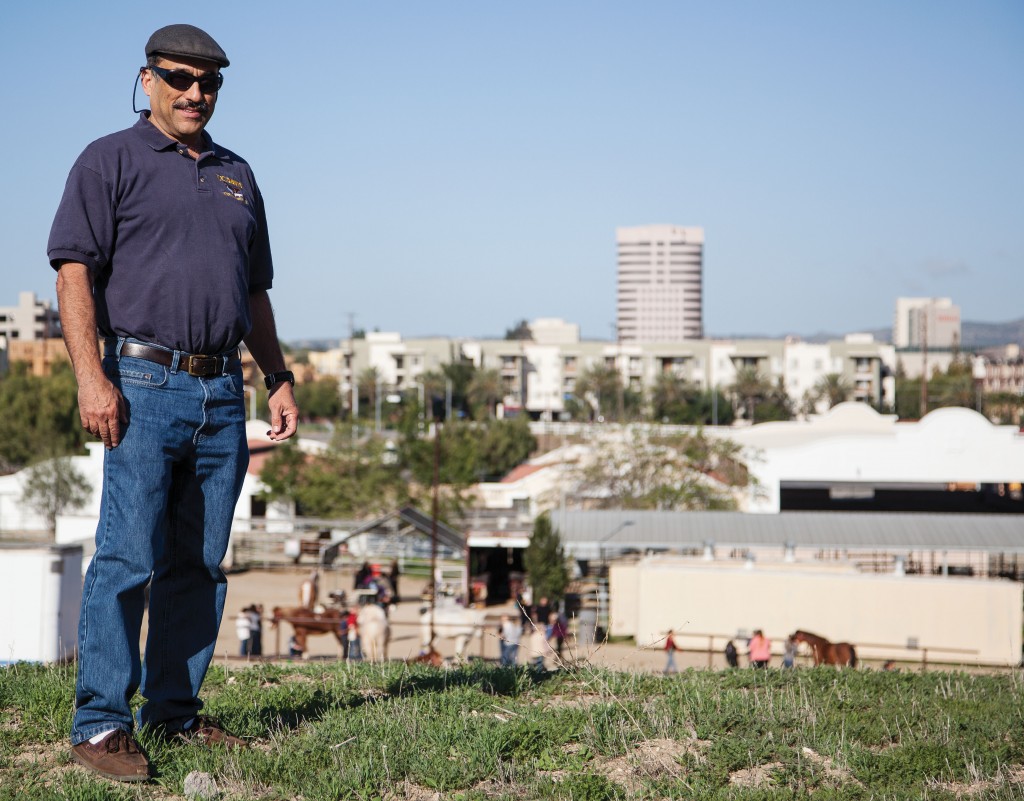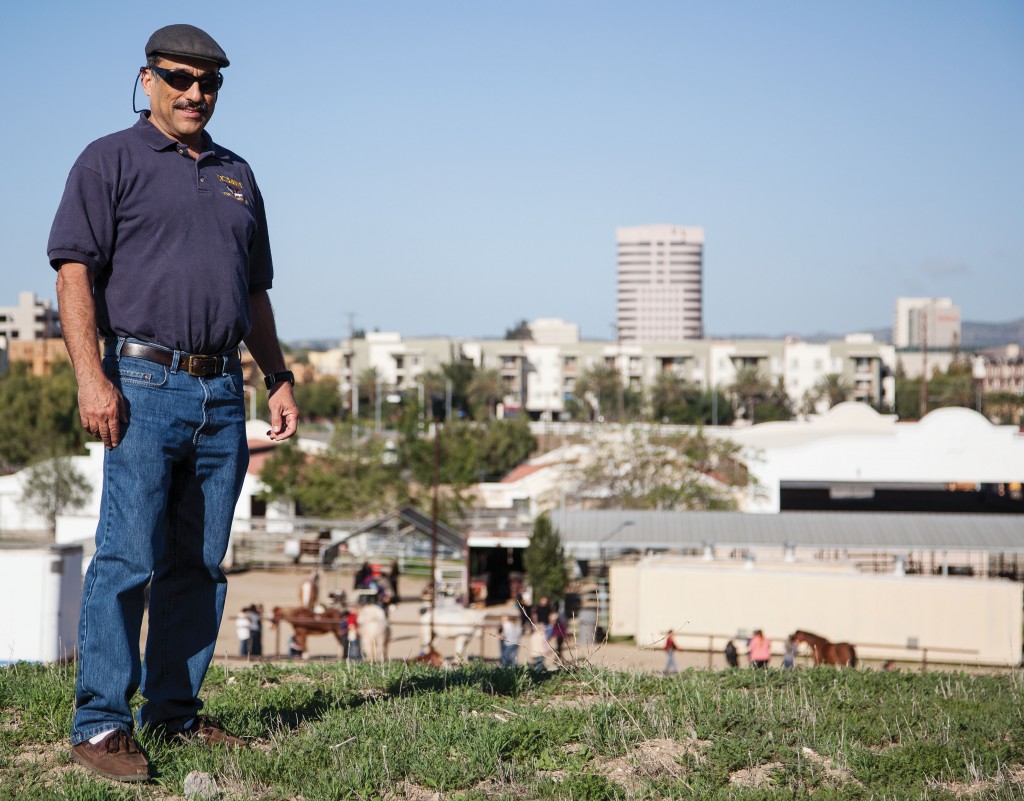Additional reporting by: Carrlyn Bathe
The LACCD Board of Trustees placed a district-wide moratorium on bonds designated for the building of new agriculture facilities until the need for the money is studied and validated, according to Donna-Mae Villanueva, dean of the Agriculture Department.
Initially $6.1 billion was allocated across the district with $4.8 billion going toward individual college projects. There were 264 projects throughout the nine community colleges with Pierce topping the list for the most projects at 41, according to a 2011 master building program budget plan that can be found at build-laccd.org.
Certain projects are listed as complete, such as the Center for the Sciences Building. The hold on the rest of the money was placed to reevaluate the remaining projects and their effect according to Villanueva.
“The district wanted to have a better sense of all of the building projects district-wide and to study, before we build anymore buildings, the impact if the district builds out on everything that’s listed here,” Villanueva said.
This delay has stalled the construction on a new horticulture facility to replace the 67-year-old building that is currently in use, according to the agriculture chair Dr. Leland Shapiro.
“The bond provided $19 million dollars to put in a new horticulture facility,” Shapiro said. “Our facility is from 1947.”
Shapiro has his own ideas on what he would like to see included with the modernization of the facilities.
“I need one large lecture hall that’s PowerPoint ready and has Internet access,” Shapiro said. “I need two labs, one for soils that could be shared with floristry. The other lab we’d need for plant identification and for CAD. We need a greenhouse, which grows the plants and a lathe house, which starts the seedlings and gets them growing and maybe a nursery out there.”
As the only school in the district that has 200 acres devoted to the study of agriculture, Pierce offers a unique opportunity to its students and the community. But learning the intricacies of horticulture and maintaining a farm come with a set of challenges very different from those found in a typical classroom.
“Animals live 365 days a year,” Shapiro said. “They don’t know it’s Christmas, they don’t know it’s Fourth of July.”
Along with the new facilities, the Agriculture Department requires labor to properly utilize the farm to its fullest potential. Shapiro hopes that a portion of the bonds can be used to hire qualified employees that have the experience to provide the specialized care needed.
Pierce used to have fruit and avocado trees and three full-time employees that tended to the delicate trees.
“When the employees retired those positions were not filled and the trees died from lack of care,” Shapiro said. “If a worker is putting in eight hours a day five days a week, the plants will die. For a farmer, you need to work seven days a week all day long.”
Currently the bond is listed as “Programming RFP 74%” with RFP standing for “Request for Proposal.” This means that the process is still in a preliminary stage.
Shapiro had spoken directly to Pierce’s president, Kathleen Burke, for help, and a process of evaluating the department’s need has begun.
“I went to the college president and she was very receptive,” Shapiro said. “She said before she commits to hiring a new horticulture teacher and spending money on the program she wanted a validation study done and so they’ve started that now.”
The study will take less than two months but Shapiro is concerned with some of the criteria to which the state may be holding the department.
“The college has to respond to the state and the state right now is looking at how many degrees, how many certificates per program that you have,” Shapiro said. “If you don’t have any they’ll say ‘Why are we funding your program if you’re not doing any degrees or certificates,’ so you need both.”
Many students at Pierce are gathering the skills they will need to move forward in their careers and it is this moving forward that is causing a pitfall for the department, according to Shapiro.
“For example I run the pre-vet program and we have a pre-vet degree here. Most of my students don’t get their A.S. degree and the reason why is that if they get accepted to vet school they want to go,” Shapiro said. “I had another person get accepted yesterday, she’s number 212. They don’t consider how many transfer so they say ‘You don’t have any certificates or degrees.’ I say, ‘Yeah but I have 212 people who’ve made it to vet school’ but they’re not looking at that.”
The horticulture staff has been scaled down due to employees retiring and no one being hired to replace them. This has led to a snowball effect in the department where fewer classes are available so fewer degrees and certificates are awarded.
Once the moratorium is lifted by the LACCD Board of Trustees, the Agriculture Department will still have to wait as the LACCD building program, which can also be found through build-laccd.org, projects that Pierce’s horticulture facility will be completed by 2017.
Paul Nieman, director of plant facilities, expanded on some of the issues with funding the project while the moratorium is still in place.
“The horticulture building is slated for a renovation and it’s slated to get rid of the old greenhouse and provide a new greenhouse. When we realized that we didn’t have the money that we had to begin with, everybody had to contribute to a new district-wide contingency on construction and that meant we all had to send money, and we lost a lot, so things had to get resized,” Nieman said. “We’ve got to get approval from the board to move forward. Academic Affairs needs to make sure that all the programs are viable. Every program, to my knowledge, goes through a viability study at one point or another.”





